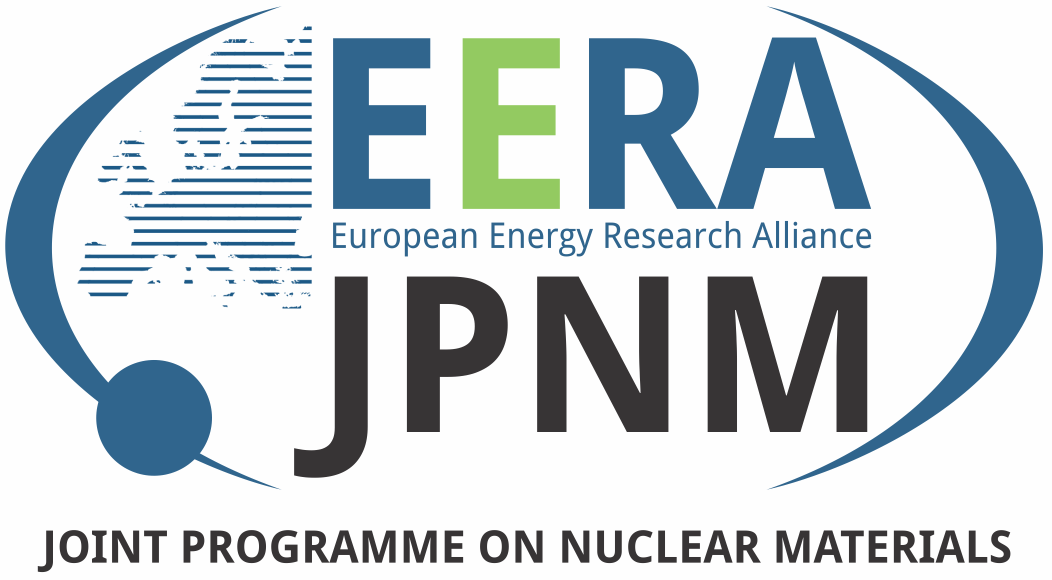

Nuclear fuel development and qualification has been a long and expensive process essentially based on an empirical approach. European experts currently have an adequate knowledge of conventional fuel manufacturing and its behaviour under operating conditions encountered during 50 years of industrial application and R&D activities. For innovative fuel systems, however, the empirical approach has reached its limit and cannot be easily extrapolated to new materials, new environments, or new operating conditions because the basic underlying mechanisms governing manufacturing, behaviour and performance remain largely poorly understood. One of the challenges for the next years is to supplement the empirical approach by a physically based description of ceramic fuel and cladding materials.
To do so, the F-BRIDGE project (Basic Research for Innovative Fuels Design for GEN IV systems), intended to develop a new approach to fuel development by building a bridge (integration and transfer) between basic research activities and technological applications for the Generation IV fuel-cladding systems. Besides a general approach on ceramic materials, the project focused on the improvement of a promising composite ceramics concept, the sphere-pac fuel, which exhibit significant advantages for Generation IV.
F-BRIDGE aimed at:
- obtaining data, mechanisms and models from basic research for an improved description of fuel and ceramic cladding materials under irradiation, in a multi-scale approach coupling separate effect experiments and modelling,
- ensuring the transfer between basic research and technological issues related to Generation IV systems and illustrating the integration effort through a multi-scale modelling exercise on UO2,
- assessing the technological implications of sphere-pac fuels for the GEN IV systems,
- ensuring dissemination of results, education and training in the field of R&D on fuel behaviour.
F-BRIDGE page on CORDIS
Executive summary
Final publishable report
Public deliverables